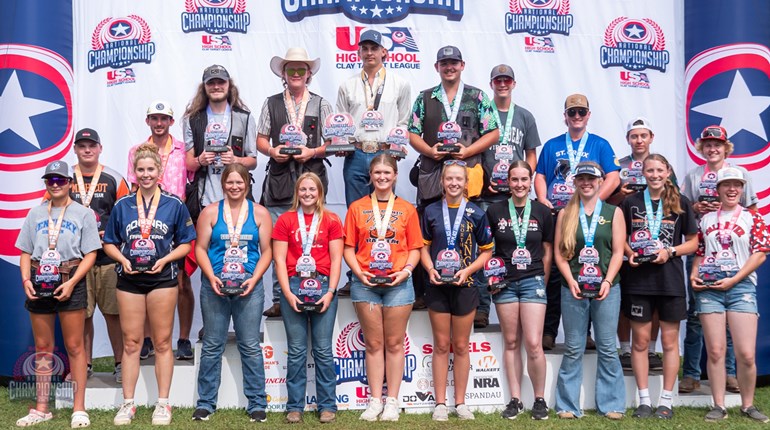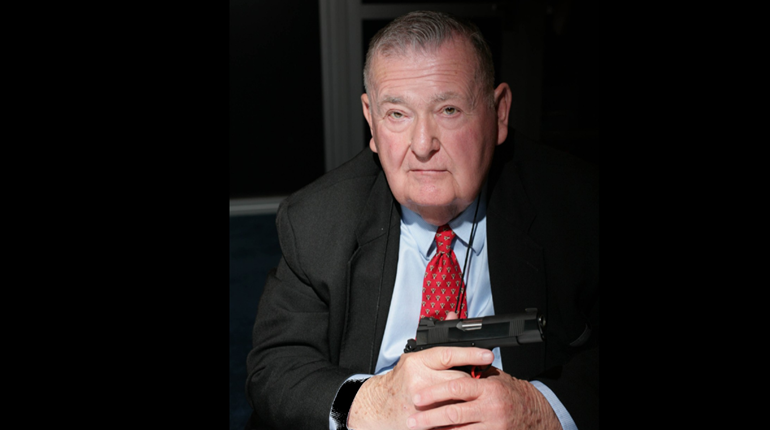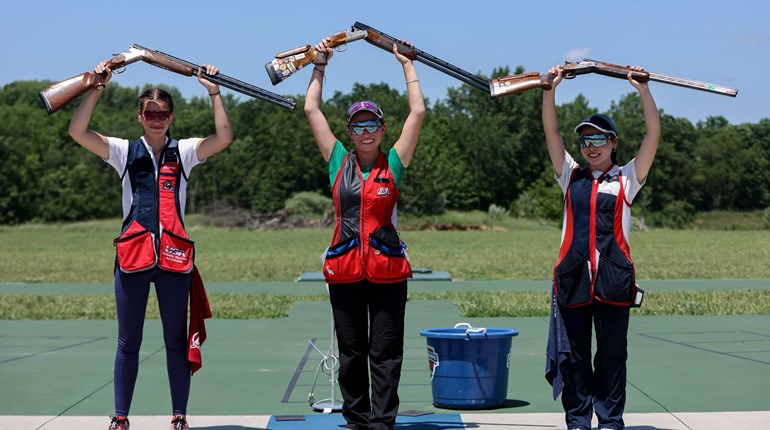
We Americans are accustomed to a fundamentally organized society. We can expect an accurate morning weather report, a communication system that works and immediate help with emergencies. We have our choice of well-stocked markets, light with the flip of a switch and instant removal of sewage. For decades, we have prioritized the various necessities of life to make things easier. Seldom does an American face the challenges of doing without the various services associated with life in the 21st century.
The most common force to adversely influence the order of things is the weather. Every year, we get several wicked storms that cancel the power, and everything that requires electricity is therefore gone. Sometimes, the winds are strong enough to close even major highways. More bizarre yet, we have a sizable group of Americans who had to do without because of an erupting volcano. Floods, hurricanes, blizzards—all completely unavoidable, but still capable of interrupting everything normal. There are many forces that can bring an orderly society to an abrupt halt. One of the most powerful is human behavior. Therefore, when food becomes scarce, a small element of the population will steal it. Please understand that I am not predicting this situation, but it is possible.
Your chosen gun should first be capable of defending you, and second assist in feeding you.
Whether or not the social atmosphere deteriorates because of a natural event or a human-caused one, it now becomes a survival situation. Often, such a situation may be resolved with the aid of a firearm. The question is now what kind and caliber. Obviously, survival guns can be handguns, rifles or shotguns. Any gun that is to be considered as a survival weapon should be capable of lethal hits on a deer-size creature within 100 yards. Your chosen gun should first be capable of defending you, and second assist in feeding you.
Handguns, broadly divided into the two classes of revolvers and semi-automatics, are currently quite popular. This means the choices are vast. A feature that makes the semi-automatic pistol popular in non-survival situations is its capacity. This capacity is derived from crowding a greater number of smaller cartridges into a magazine. In a survival situation, every shot is extremely important, so it makes sense to choose a handgun that emphasizes terminal effect over multiple hits. Revolvers are usually a bit more powerful than semi-autos, so I would choose a quality revolver in .357 Mag. When you consider such a revolver can also fire .38 Spl. ammo and then see the vast range of .38 Spl. ammunition available, you have an extremely versatile gun. Since a really long shot at 100 yards or so is difficult with any handgun, you had better plan to feed off of smaller game taken at shorter distances.
But, a quality rifle at 100 yards is right at home. Whether it is a lever-, pump-, bolt- or semi-automatic action, the modern centerfire rifle is currently made in many forms. There is a wide range of calibers, but I would settle on a good chambering that is widely available. A .308 Win. would be my first choice, followed by .30-’06 Sprg. Some of the best rifles for this role are fed from box magazines, a fast and efficient way to keep the gun going. The current service cartridge is 5.65 NATO, an efficient little round that would also be a good choice for a survival rifle. Any of these calibers in a repeating rifle equipped with trouble-free iron sights or good optics, would be just the ticket. Most of the aforementioned calibers might deliver excessive terminal performance for some uses.
My personal choice for a survival gun, however, is a shotgun. Although it is not widely thought of for this role, the shotgun is the most versatile firearm of the three. While there are many new and different scatterguns on the market, (including an “aesthetically challenged” 40-round bullpup) it is tough to compete with the plain-old 12-gauge pump. Mechanically, the pump action on most models is simple and rugged. Under heavy field use, the pump action is often more reliable than a semi-automatic.
Pump-action-shotgun versatility comes because of the wide variety of shotgun ammunition it can chamber. Defensively, there are buckshot loads running from 000 buckshot all the way down to No. 4 buck. These are large pellets, so there are fewer in a typical hull—only eight in each with 000 buck. A 000 pellet is the same diameter as a .357 Mag. bullet. These big pellets penetrate deeply and are ideal for defense. Shotguns also work well with slugs, a 1-ounce chunk of lead that is predictably quite accurate (these days) to 100 yards. And in the role of small-game and bird-taker, there are dozens of different birdshot loads of varied shot sizes, weights and velocities.
A single 12-gauge pump with a sporting-length barrel and screw-in chokes can be a very effective meat-getter in a survival situation. Change over to a slug barrel when you are going after big game. When you put on a buckshot barrel—you have versatile fightin’ iron.





































